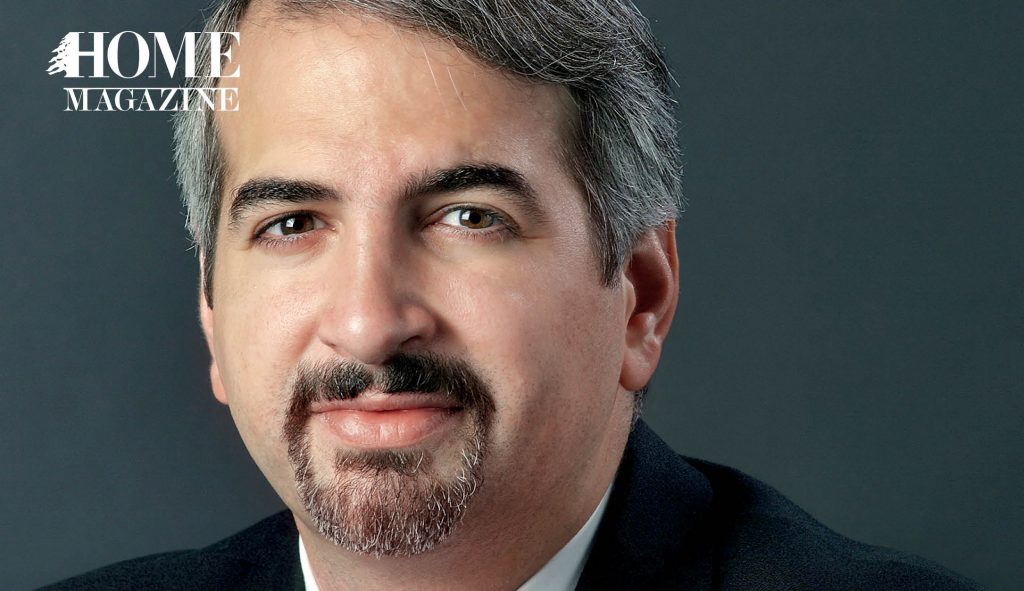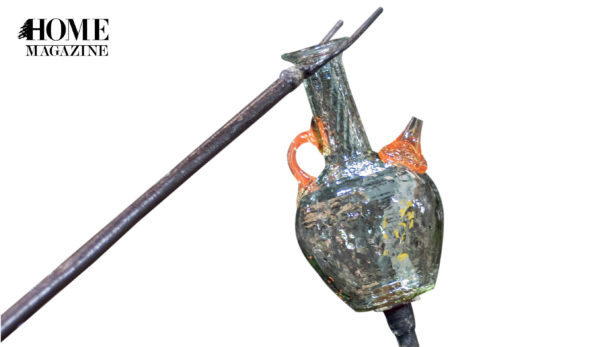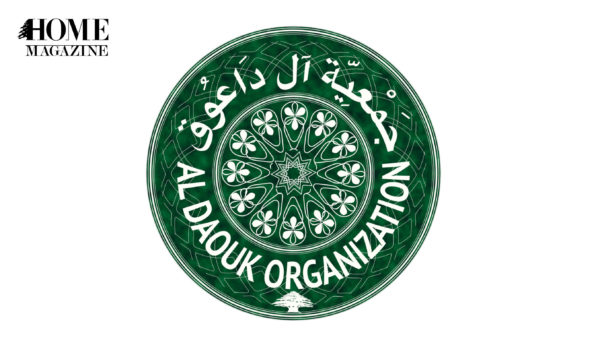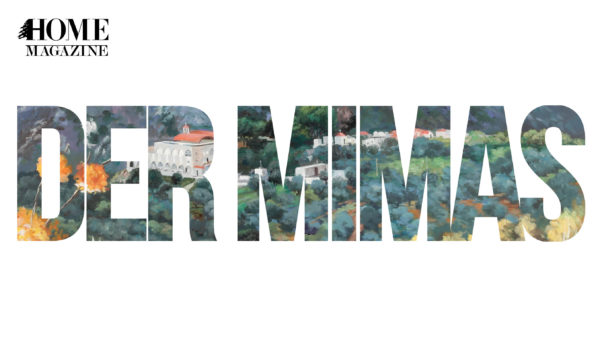The Anthony Shadid Archives at the American University of Beirut are creating research and learning opportunities that promise to influence the next generation of foreign correspondents.
Below the American University of Beirut’s (AUB) Jefet Library, the AUB Archives occupy a huge, cool room full of long, steel shelves, filled with important primary source research materials. Among them are the personal papers of the late Lebanese-American journalist Anthony Shadid – 27 boxes of field notebooks, his personal book collection, research papers dating back to 1904 and, among other things, an honorary degree of Doctor of Humane Letters from the University of Oklahoma – his undergraduate alma mater, awarded to him posthumously. Shadid died at the age of 43 on Feb. 16, 2012, of an apparent asthma attack while reporting from Syria.
The degree includes the text of a speech given by the university chancellor at the ceremony:
Prior to his untimely death … Anthony Shadid was doing what he loved to do and what he did so well … During a 15-year career abroad, he reported from most countries in the Middle East, including as the Beirut bureau chief for The New York Times … Through his lifelong coverage of one of the world’s most volatile regions, often under dangerous circumstances, he helped Americans learn what was happening in the rest of the world and how it affected fellow human beings.
“The greatest communicator”
Shadid, called “the greatest communicator” between the Arab world and the West, was widely respected by his professional peers. When The New York Times hired Shadid at the end of 2009, it was considered a coup. The two-time Pulitizer Prize-winning foreign correspondent had covered the Middle East for The Associated Press, The Boston Globe and The Washington Post. The Times called him: “an intrepid reporter, a keen observer, an insightful analyst and a lyrical stylist. Much of his work centered on ordinary people who had been forced to pay an extraordinary price for living in the region – or belonging to the religion, ethnic group or social class – that they did.”
“What Anthony Shadid did was to really listen and let people speak for themselves,” said Rami G. Khouri, a long-time journalist and scholar, who has taken the lead on analyzing and researching the Shadid Archives. “There are many good journalists who write powerful human interest pieces, but he is the only one who did the kind of writing he did.”
Khouri attributes Shadid’s writing to a unique combination of assets. First, his strong interest in covering the region, inspired by his Lebanese heritage; his friendly yet soft manner; his selection of sources and the time and attention he gave them; and his painstaking writing method.
“He wanted to show how regular people here felt,” said Khouri. “What are their challenges? Their wishes for their children? What Anthony did was to cut through the stereotypes and let the Arab world paint its own portrait.
“Other correspondents just call up on the phone – ‘I need a quote. Why do Sunnis and Shias hate each other?”
“The lesson? Take the time. Other correspondents just call up on the phone – ‘I need a quote. Why do Sunnis and Shias hate each other?’ They just want a sound bite. Anthony wasn’t like that. He never closed his notebook as long as someone was talking with him.”
Khouri is in his second year of studying the archives and reconstructing Shadid’s methods. Through the archives and interviews with 46 colleagues around the world, he aims to follow the exceptional journalist’s process from interview to story. “He took meticulous notes with comments about elements he thought would make a good story. After reporting, he typed up his notes, read through the transcripts, made notes about what he wanted to use, created outlines that looked more like movie scripts, wrote the story, reworked it, revised it and edited it.”
What’s more, said Khouri, is that he really cared. “Anthony had been reporting on a widow in Iraq and her three children. His readers in the U.S. wanted to help. He relayed their donations back to them.”
Shadid’s “humane reporting came at a time, after 9/11, when it was sorely needed,” he added.
The Archives
In an interview in her office at the entrance to the archives, Kaoukab Chebaro, Ph.D., AUB Associate University Librarian for Archives and Special Collections, told the story of how Shadid’s papers came to AUB.
“I had always followed his writings. I was in awe of his style and courage, his very humanizing reporting, especially in contrast to most international reporting. Saying 10 bombs fell is a very different perspective from talking about the subjective, lived experience of the people on the ground,” she said with obvious emotion.
“When he passed away, I thought it would be lovely to house his papers here. I felt it was the best way I knew of to pay tribute to him. The university had recently revised its policy, making the archives a more active teaching and research resource about the region.”
Chebaro reached out to Shadid’s wife. “She told me she was too overwhelmed at the time, but would think about it. I followed up with an email six months later and she answered that she was in Beirut. She came to visit here, then spoke to her family and agreed. Once she was back in the U.S., she packed everything up and we had it shipped here.”
“Materials covering Shadid’s work of more than two decades in Iraq, Libya, Egypt, Palestine, Syria and Lebanon.”
When it arrived, Chebaro found a variety of materials covering Shadid’s work of more than two decades in Iraq, Libya, Egypt, Palestine, Syria and Lebanon. Shadid’s family hopes the archives will “contribute to timely, nuanced and relevant research about Middle Eastern studies from and about the region.”
“Then Rami (Khouri) came by and he was very interested in them. He started raising funds for a research assistant to help catalog the materials.”
Khouri has also launched a major project that will contribute to the education of future journalists, particularly foreign correspondents. “We are playing a supporting role,” said Chebaro.
“A course based on materials in the archives.”
Narrative news reporting and the legacy of Anthony Shadid
One of the first things Khouri did was create a course based on materials in the archives. He and Shadid had been friends since 1998, when Khouri was the former editor and a columnist of The Jordan Times in Amman and Shadid was a correspondent in Egypt. Since then until Shadid’s death, they met about once a year “to catch up,” said Khouri.
For his course, Khouri drew on archive material (including 350 of Shadid’s articles about the Middle East), his personal experience with Shadid and a series of interviews he conducted with Shadid’s former colleagues. Offered once a year in the spring semester, Khouri’s course introduces students to Shadid’s work as a model for developing their own narrative journalism.
His goal, Khouri said, is to study the craftsmanship of a master foreign correspondent in order to glean techniques to teach future journalists. He aims to develop a manual based on the Shadid method.

































